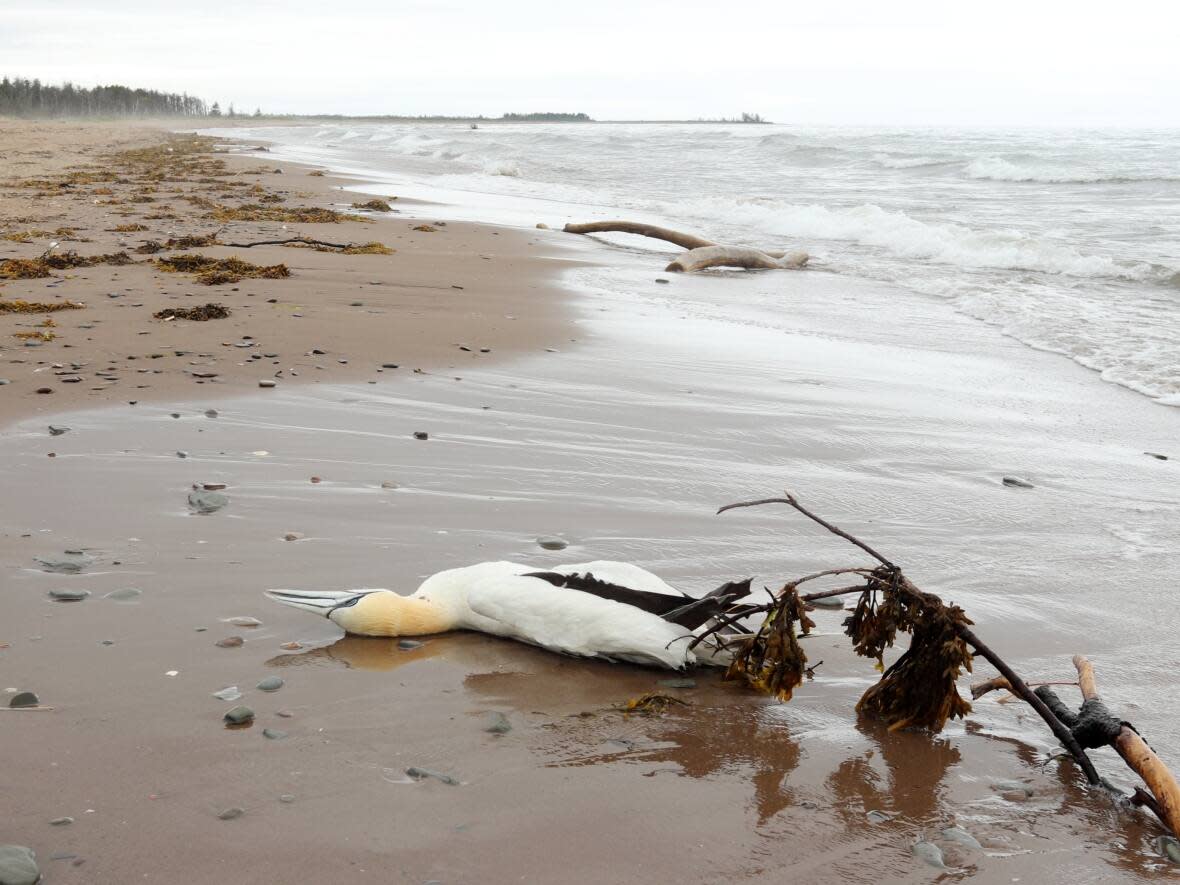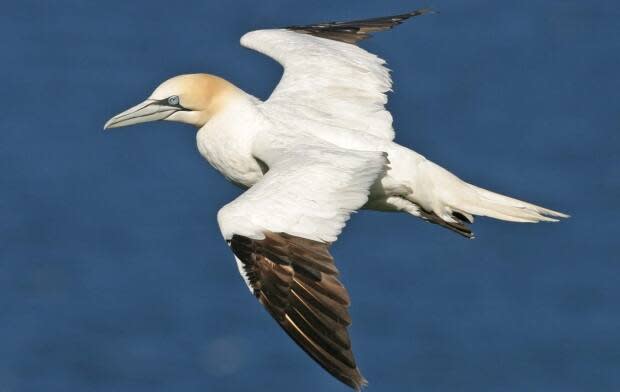5,500 sick or dead birds recorded in New Brunswick last year, scientist says

One year after sick or dead wild birds started washing up on New Brunswick shores, a Saint John-based researcher says there were 40,000 reports in Eastern Canada from April to October 2022 — around 5,500 in New Brunswick alone.
The likely cause of the mass mortality? HPAI, also known as highly pathogenic avian influenza or bird flu.
Stephanie Avery-Gomm, a research scientist with Environment and Climate Change Canada, said that 40,000 only represents birds that were reported in Quebec and the Atlantic provinces.
"We know that this is just a fraction of the true mortality, because not every bird that is observed will be recorded," she said.

She said a bird could be missed for a few reasons:
If someone sees a dead bird but does not report it.
If a bird washes up in a remote area or dies in a forest.
If a bird washes out to sea rather than washing into shore.
Her team has been using models developed for oil-spill response to trace northern gannets, one of the seabirds most affected. They're trying to find out where they came from before washing up on New Brunswick beaches and how many might be lost at sea.
Avery-Gomm said her team started pulling data from provincial and Indigenous governments, the Canadian Wildlife Health Co-operative, Parks Canada, the Department of Fisheries and Oceans and citizen reports to get their count.
She said seabirds made up 95 per cent of the total number, with northern gannets accounting for around 24,500.

Some other affected species, although in smaller numbers compared to the gannet, include common eiders, common murres and large gulls.
"We're talking about losing about 10 per cent of the adult population," she said of the northern gannets.
But she said it's too early to say what the impact will be on the marine ecosystem.
Now, one year after the mass mortality began, Avery-Gomm said a resurgence is expected this spring.
The spread of the virus continued as birds migrated to the southern wintering grounds and as they have started to migrate north again, there have been small levels of mortality, she said, with only 10 having been reported as sick or dead so far in New Brunswick. Those birds have been sent for testing to see whether avian flu is the cause.
Avery-Gomm encourages people to continue to report any dead or sick birds they see because the most important thing now is to continue to survey.
"Hopefully it won't be that bad," said Avery-Gomm. "I'm hopeful. But we are getting ready."


